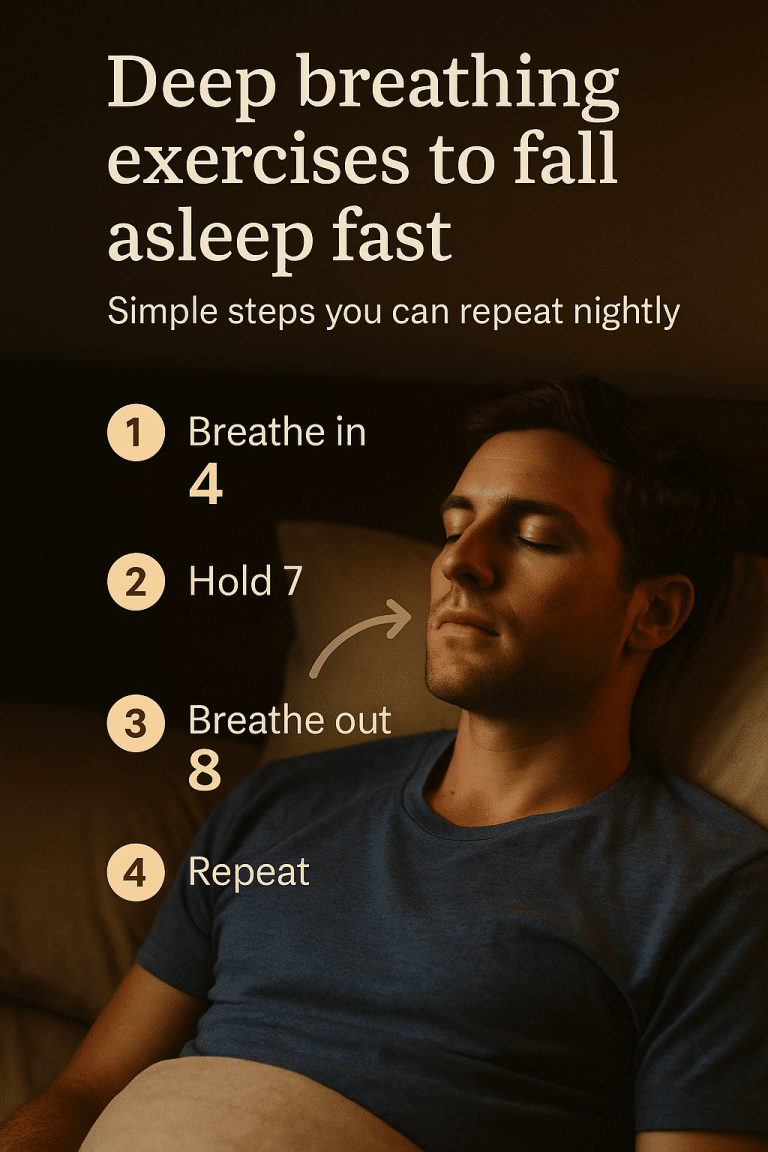Highly Sensitive Person Thriving at Work: Faith + Science
Estimated reading time: 7 minutes
Many believers identify with the trait of high sensitivity. If that is you, you might ask whether a highly sensitive person thriving at work path is realistic in today’s fast, noisy workplaces. Fortunately, it is. With wise adjustments, steady spiritual practices, and research-backed tools, sensitive professionals can contribute exceptional empathy, focus, and creativity. This introduction clarifies why sensitivity is real, how faith reframes it as a gift, and what to change so your workday becomes calmer and more fruitful. For a quick foundation on the science of sensitivity, see an fMRI study on sensory processing sensitivity and a concise research overview on high sensitivity. For Christian, step‑by‑step skills that lower daily stress, explore these guides on being an HSP as a Christian and calming your nervous system.
First, recognize that sensitivity is a normal temperament with measurable brain differences, not a defect. Therefore, you can honor it as part of how God knit you together and still use practical levers to manage overload. Secondly, define success in terms of service, integrity, and sustainable energy. Because those outcomes align with Scripture and sound psychology, they create a realistic plan for a sensitive professional. Moreover, when you map your day around the times you focus best, you protect your gifts and bless your team. Finally, anchor your identity in Christ so performance pressure does not rule your peace. As you implement small changes with kindness and courage, a highly sensitive person thriving at work becomes a matter of repeatable habits, not heroic willpower.
Causes Of Overload And What You Can Change
At work, sensory input stacks up quickly. Open offices add chatter, bright light, and constant movement. Consequently, your nervous system runs hot. However, you can dial down the load. Start by mapping your biggest triggers: noise, interruptions, lighting, or strong smells. Then rank them. Next, tackle the top two with simple, low‑friction fixes. For noise, use quality headphones or comfortable earplugs. For glare, choose a desk lamp and reduce overhead fluorescents. Additionally, group meetings together and protect adjacent “quiet blocks” so your brain can cool down. For practical office tactics HSPs endorse, review these HSP office strategies.
Because planning protects energy, build a predictable rhythm. Block deep‑work windows when you feel most alert, and communicate that plan kindly to your team. For focus, place a “heads‑down until 11:30” status note. Moreover, safeguard an unrushed lunch away from screens. As you test changes, track a simple score each afternoon—stress 1–10 and focus 1–10. If the numbers trend better across two weeks, keep the habit. If not, adjust one variable at a time. For biblical and clinical skills that help during spikes, see grounding techniques for anxiety and this primer on deep breathing exercises. Because these small tools regulate body and attention, they make every other solution more effective.
Finally, stabilize your baseline. Begin with short walks, slow breathing, and brief prayer pauses. Then reduce unnecessary notifications so your attention recovers between tasks. Additionally, use one sentence to advocate for your needs: “To deliver my best work, I do deep focus most mornings; can we meet after 2 p.m.?” When biology and belief work together, a highly sensitive person thriving at work is not only possible, it becomes likely.

Strengths To Leverage As A Sensitive Professional
You bring high empathy, careful ethics, and a keen eye for detail. Therefore, lean into roles and tasks that reward those traits. For example, quality review, client care, design, writing, and mentoring often fit well. Additionally, your intuition spots subtle risks early, which helps teams avoid rework. To frame sensitivity positively with a supervisor, speak in outcomes: “Quiet focus helps me ship error‑free code,” or “Short recovery breaks keep my client calls warm and clear.” Because managers value reliability, document wins weekly and connect them to the habits that make them possible.
Moreover, communicate needs before problems appear. Suggest a monthly check‑in to align priorities. Propose one quieter desk area or two remote mornings for deep projects. Then offer a trade that benefits the team, such as taking first pass on complex reviews. If you want language that blends grace with clarity, practice scripts from this article on sensory overload with Christian wisdom. Likewise, remember that your trait is well documented; for leadership‑oriented advice, see this NCDA career guidance for HSPs. As you grow, share resources with colleagues so the whole team benefits.
Because vocation involves both calling and craft, strengthen rhythms outside work. Sleep at consistent times. Next, nourish steadily and hydrate. Then, schedule small delights with the Lord—walks, worship music, or journaling gratitude. For a faith‑and‑science toolbox you can practice today, explore how to calm your nervous system and how to breathe to reset stress. When you design a gentle life that supports bold work, your identity stays secure in Christ even as performance improves.
Faith And Science Care Plan For Daily Work
If you are a sensitive person with work, start each morning with a two‑minute breath prayer. Inhale “Prince of Peace,” exhale “Give me Your peace.” Then scan your day and place healthy boundaries on meetings, notifications, and ad‑hoc requests. Additionally, batch messages twice and mute the rest. Midday, reset with a short outdoor walk. Afterward, practice one minute of 5‑4‑3‑2‑1 grounding before your next call. If anxiety keeps spiking, consider counseling. Importantly, therapy and, when appropriate, medication can be faithful stewardship; for a thoughtful Christian discussion of both, read this overview from Grace Alliance on medication and therapy and this biblical reflection on medication as a good gift when wisely used from Desiring God.
Track outcomes to prove value. For two weeks, record daily stress, focus, and one concrete win. Consequently, you will see patterns. Keep what helps and drop what drains. Meanwhile, share practical how‑tos with teammates who ask—such as regulating your nervous system and deep breathing for anxiety relief. When you lead by quiet example, culture shifts toward thoughtful, human‑centered work.

Amazon Tools To Help A Highly Sensitive Person Thriving At Work
Practical gear reduces friction so your gifts shine. Below are simple tools many HSPs praise. Each suggestion links to Amazon with an affiliate tag; choose only what moves your metrics in the right direction, and review company policies before purchasing workplace items.
Quiet Focus: The Bose QuietComfort 45 Noise Cancelling Headphones lower office noise dramatically. As a result, deep work becomes possible in busy spaces. Pair them with Loop Experience Earplugs for meetings and commutes; they are small, comfortable, and effective.
Gentle Lighting: Many offices overuse harsh fluorescents. The BenQ e‑Reading LED Desk Lamp creates soft, even light that reduces eye strain and headaches. Therefore, you can review details longer without fatigue.
Calm Starts: The JALL Wake Up Light Alarm Clock eases mornings with gradual light. Consequently, your stress baseline drops before the workday begins. Combine it with a short devotional or breath prayer for a centered start.
Conclusion: Highly Sensitive Person Thriving At Work With Faith And Science
Because God designed your sensitivity on purpose, you can steward it confidently. When you shape your environment, speak up with grace, and care for your body and soul, work becomes more humane and more productive. Moreover, science and Scripture point in the same direction: lower unnecessary stimulation, build rhythms of rest, and serve others with compassion and excellence. If you keep simple metrics and iterate, you will see tangible gains in focus, energy, and joy. Consequently, a highly sensitive person thriving at work moves from hope to habit.
For deeper study, review the neuroscience research, the practical career guidance, and our cornerstone tutorials linked above. Also, read the full article that informed this summary for a broad faith‑and‑science foundation.






